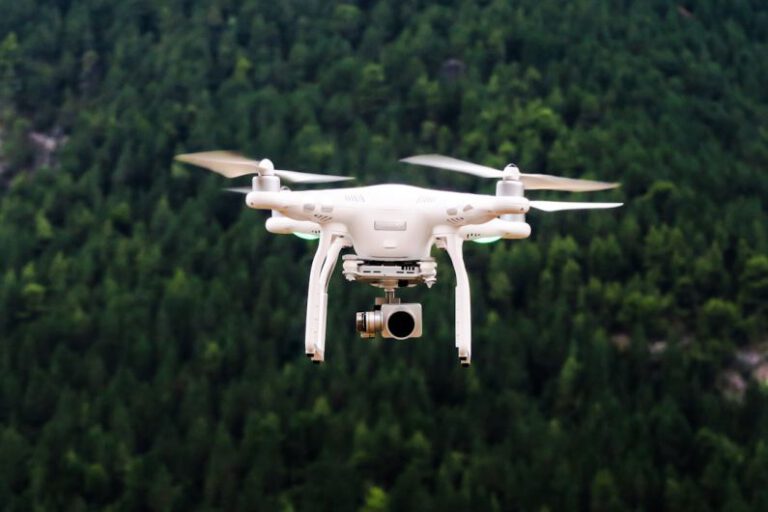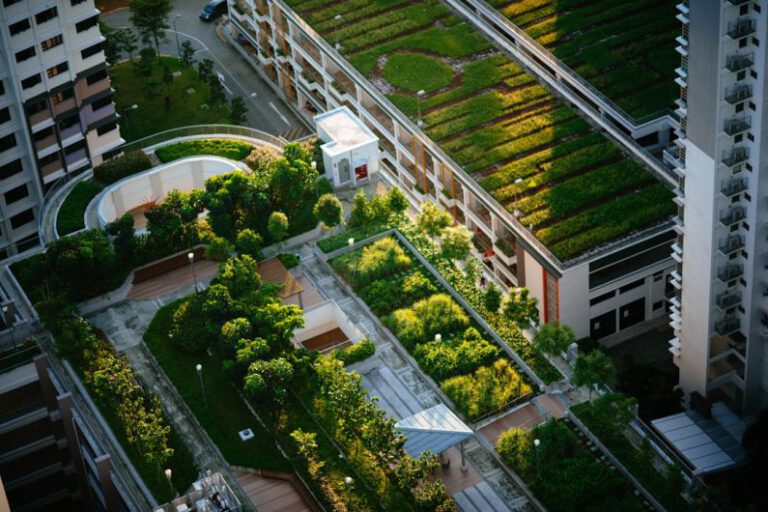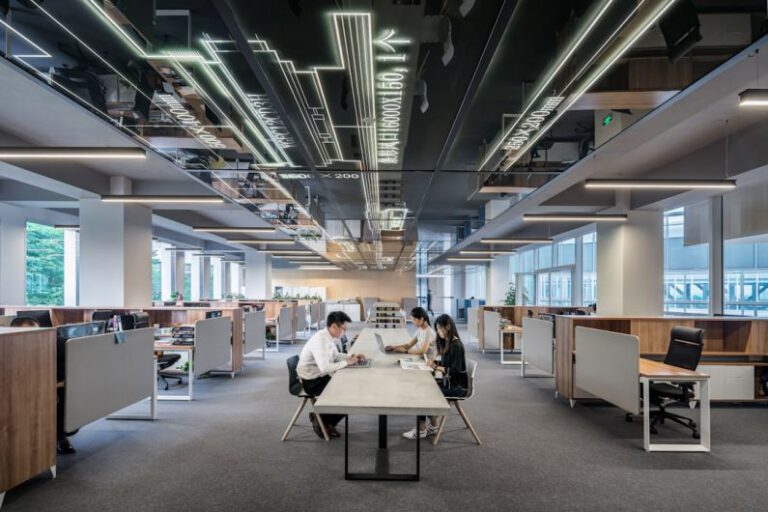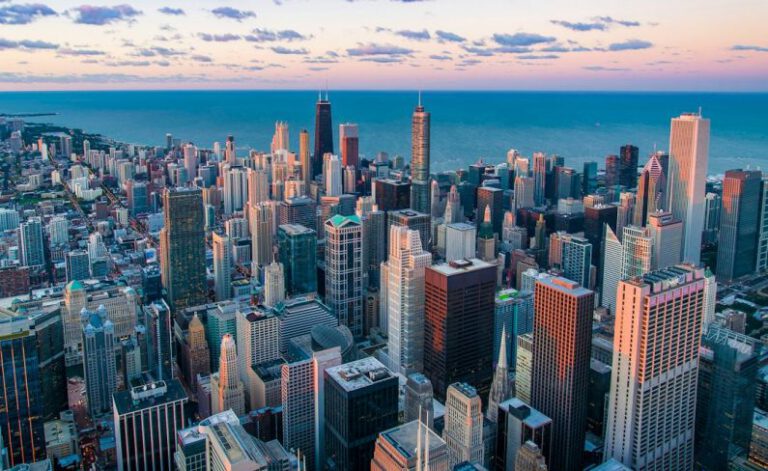Smart Street Lighting: Illuminating Efficiency
Smart street lighting is revolutionizing the way cities illuminate their streets, offering a myriad of benefits that go beyond just lighting up the night. These innovative systems are designed to enhance energy efficiency, reduce maintenance costs, improve safety, and contribute to a more sustainable environment. With the integration of advanced technologies, smart street lighting is paving the way for smarter, more connected cities.
Enhancing Energy Efficiency
One of the key advantages of smart street lighting is its ability to enhance energy efficiency. Traditional street lights consume a significant amount of energy, leading to high electricity bills and unnecessary energy waste. Smart lighting systems, on the other hand, are equipped with intelligent sensors and controls that allow them to adjust their brightness levels based on external factors such as natural light conditions and human presence. By automatically dimming or turning off lights when they are not needed, smart street lighting systems can significantly reduce energy consumption and lower operational costs.
Moreover, the use of LED technology in smart street lighting further contributes to energy efficiency. LED lights are more energy-efficient than traditional lighting sources, consuming up to 70% less energy while providing the same level of brightness. This not only helps in reducing electricity bills but also lowers carbon emissions, making smart street lighting a sustainable choice for cities looking to cut down on their environmental impact.
Improving Safety
In addition to enhancing energy efficiency, smart street lighting plays a crucial role in improving safety on city streets. By ensuring that roads and walkways are well-lit at all times, smart lighting systems help enhance visibility for both pedestrians and drivers, reducing the risk of accidents and crime. Furthermore, the integration of motion sensors in smart street lights allows them to detect movement and automatically increase their brightness levels in areas where activity is detected, providing an added layer of security for residents and visitors alike.
Reducing Maintenance Costs
Another significant benefit of smart street lighting is the reduction in maintenance costs that it offers. Traditional street lights require regular manual inspections and maintenance to ensure they are functioning properly. This not only adds to the operational costs but also poses logistical challenges for city maintenance crews. Smart lighting systems, on the other hand, are equipped with remote monitoring capabilities that allow operators to track the performance of each light in real-time and receive alerts in case of any malfunctions. This proactive approach to maintenance not only helps in identifying issues promptly but also reduces the need for frequent manual inspections, saving time and resources for city authorities.
Creating a Connected Environment
Smart street lighting is a key component of building a connected environment within cities. By integrating with other smart city technologies such as traffic management systems, environmental sensors, and security cameras, smart lighting systems can help create a seamless network of interconnected devices that work together to optimize urban operations. This level of connectivity enables cities to gather valuable data on traffic patterns, air quality, and public safety, allowing them to make informed decisions that improve the overall quality of life for their residents.
Driving Towards a Sustainable Future
As cities around the world continue to grapple with the challenges of rapid urbanization and climate change, smart street lighting emerges as a beacon of hope for a more sustainable future. By harnessing the power of advanced technologies, cities can not only reduce their energy consumption and carbon footprint but also enhance safety, efficiency, and connectivity on their streets. Smart street lighting is not just about illuminating the night—it’s about illuminating a path towards a brighter, more sustainable tomorrow.






